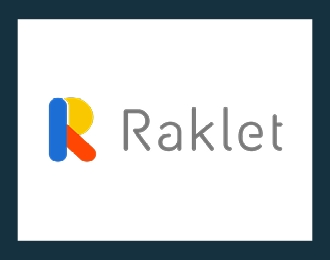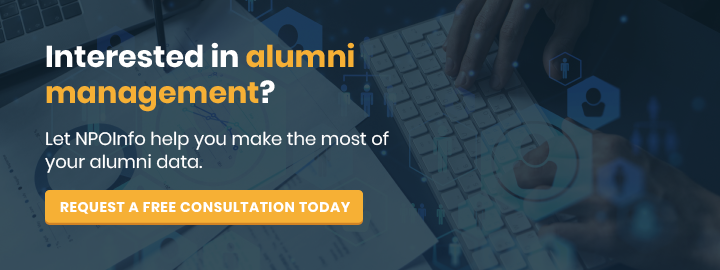Tips & Ideas: Solicit the Best Auction Items for Nonprofits
Whether you’re planning a silent auction, live gala, or virtual fundraiser, one thing is for certain: the success of your auction actively hinges on the quality of your items. Soliciting standout donations isn’t just about asking for “stuff”—securing auction items for nonprofits is about curating a range of experiences and offerings that excite your audience and drive bids.
The good news? With the right strategy and a little creativity on your side, you can secure high-value, buzzworthy items that spark competition and maximize your fundraising impact.
In this post, we’ll explore proven tips and ideas to help your nonprofit solicit the best auction items—from reaching out to your network to finding unique experiences that can’t be bought in stores. We’ll cover the following:
- Top tips for soliciting nonprofit auction items
- Our recommendations: 10 best auction items for nonprofits
Whether you’re a seasoned development pro or you’re organizing an auction for the first time, these insights will help you build an item list that gets your supporters talking—and bidding. Let’s begin!
Top tips for soliciting nonprofit auction items
Securing great auction items doesn’t have to be stressful—it just requires the right mix of planning, outreach, and imagination. These expert-proven best practices will help you source items that not only attract bids but also support your fundraising goals.
Start the process early.
The earlier you begin your outreach, the more time you have to follow up, get creative, and secure high-value donations. Create a timeline and checklist, and prioritize your top prospects first—you certainly don’t want to be rushing in the final weeks of event planning.
Know what sells for your audience.
Before you start requesting donations, take time to understand what your audience is most likely to bid on. Review past auction data, survey your supporters, or simply observe what’s trending in your community. Are they foodies? Travelers? Sports lovers? Parents?
Then, use this insight to guide your item wish list. For example, a family-oriented crowd might love museum passes or kids’ activity packages, while a young professional audience might gravitate toward fitness memberships, concert tickets, or trendy experiences. Knowing your audience ensures your auction items are both desirable and relevant—two essential ingredients for competitive bidding.
Look for connections within your network.
Your biggest asset is your existing community. Ask your board members, staff, volunteers, and donors if they have connections to businesses, services, or experiences that could be donated. Many people are happy to help, but just need a clear and specific ask.
Target open in-kind donation applications.
Many national and regional companies offer structured in-kind donation programs—you just have to know where to look. From airline tickets and hotel stays to beauty products and event swag, these companies have online portals where nonprofits can apply directly for donations.
To get started, compile a list of brands and businesses that align with your cause or audience, and check their websites (or use a database tool like Double the Donation) for donation request forms.
Focus on unique or exclusive items.
In a sea of auction baskets, the rare and exclusive items are what truly stand out. Think limited-edition merchandise, signed memorabilia, or experiences that money can’t typically buy—like lunch with a local celebrity, a behind-the-scenes studio tour, or VIP access to a community event.
These kinds of offerings generate buzz and encourage higher bidding because they feel special and hard to replicate. As you solicit donations from companies and individuals alike, ask potential donors: “What can you offer that people can’t find anywhere else?” Framing the ask this way often inspires creative, one-of-a-kind contributions.
Ask for experiences, not just products.
Physical items are great, but experience-based auction packages often generate higher bids. Think weekend getaways, private dinners, VIP tours, behind-the-scenes access, or even “day in the life” experiences with local influencers or professionals.
You don’t have to be able to touch something for it to be a good auction item!
Package donations together to create high-value bundles.
Rather than offering a large number of standalone items, group smaller donations into themed packages that tell a story. For example, you might combine restaurant gift cards, wine, and movie passes into a “Date Night” bundle.
As a general rule, themes make your auction items more appealing and easier to market for larger bid amounts.
Exchange goods and services for marketing and exposure.
Many businesses are happy to donate to fundraising events—not just to support a cause, but also for the increased visibility. Therefore, when making your ask, you’ll want to clearly outline how their support will be promoted before, during, and after your event.
This may include:
- Logos on signage, programs, or event pages
- Social media shoutouts or blog mentions
- Verbal recognition during the auction
- And more!
All in all, position the donation as a marketing opportunity. Let them know you’re not just asking for help—you’re offering a chance to connect with a community that supports socially responsible businesses. This win-win approach can open more doors and encourage repeat donations.

Our recommendations: 10 best auction items for nonprofits
Looking for auction items that spark excitement, inspire generous bids, and bring in big results? We’ve got you covered. Based on what consistently performs well at fundraising auctions—both in-person and online—here are our top 10 recommended items to include in your next nonprofit auction.
1. Getaway packages or vacation homes
What It Is:
Weekend retreats, mountain cabins, beach condos, or even donated timeshares—travel-related auction items are always a top draw.

Why It’s Appealing:
A change of scenery is something almost everyone wants. These packages feel indulgent, exciting, and perfect for people looking to relax or celebrate. They also tend to fetch higher bids because they’re often worth hundreds—or thousands—of dollars.
Where to Find It:
Ask board members, major donors, or other supporters who may have second homes or vacation properties. You can also approach boutique hotels, vacation home hosts, or rental companies that want local exposure.
To start your search, we recommend reaching out to companies like Marriott, Airbnb, Hilton, and more.
2. Dining and culinary experiences
What It Is:
Gift cards to local restaurants, cooking classes, wine-paired dinners, or private chef-prepared meals.

Why It’s Appealing:
Everyone eats, and many people love to dine out or learn new culinary skills. A well-curated food experience feels both luxurious and accessible, making it a popular auction item across all age groups.
Where to Find It:
Reach out to restaurants, chefs, catering companies, and local food tour operators. Many are open to donating in exchange for promotion, especially during slower seasons.
To start your search, we recommend reaching out to companies like Whole Foods Market, Darden Restaurants, Bloomin’ Brands, and more.
3. Sports and concert tickets
What It Is:
Tickets to live sporting events, concerts, theater performances, or comedy shows—especially VIP packages, meet-and-greets, or front-row seats.

Why It’s Appealing:
Live events are a hot commodity, particularly when tickets are hard to get or sell out quickly. These items are ideal for bidders looking for a unique night out or a gift experience for a loved one.
Where to Find It:
Ask season ticket holders, alumni organizations, sports franchises, or venues directly. Many performers or teams also have donation request programs on their websites.
To start your search, we recommend reaching out to NFL teams, MLB teams, NBA teams, concert venues, and more.
4. Health and wellness services
What It Is:
Spa treatments, massage sessions, yoga or fitness memberships, acupuncture, or even wellness retreats.

Why It’s Appealing:
These offerings are popular because they feel restorative and indulgent. Whether someone is looking to relax or commit to self-care, wellness packages always attract interest, especially among busy professionals and parents.
Where to Find It:
Contact local spas, wellness studios, massage therapists, or holistic health practitioners. Many are willing to donate in exchange for new client exposure.
To start your search, we recommend reaching out to companies like Planet Fitness, Massage Envy, and more.
5. Classes and workshops
What It Is:
Photography lessons, art classes, dance sessions, or one-on-one coaching in a specific skill or hobby.

Why It’s Appealing:
People love learning something new, especially when it’s hands-on and fun. These experiences offer personal enrichment and a creative outlet, making them great gift items as well.
Where to Find It:
Connect with local artists, teachers, studios, or continuing education providers. Independent instructors are often happy to donate a session or workshop for a good cause in addition to exposure opportunities.
To start your search, we recommend reaching out to art workshops, dance studios, local museums, and more.
6. Wine and craft beer baskets
What It Is:
Curated collections of wine, local craft beers, tasting kits, or even tours of wineries or breweries.

Why It’s Appealing:
These items offer a combination of luxury and leisure, especially when packaged with exciting snacks or high-quality glassware. They’re perfect for date nights, social gatherings, or cozy evenings at home.
Where to Find It:
Reach out to wineries, breweries, liquor stores, and distributors. Some local beverage companies may also offer branded merchandise to add to the basket.
To start your search, we recommend reaching out to ABC Fine Wine & Spirits, Tito’s Handmade Vodka, Total Wine & More, and more.
7. Home services and décor
What It Is:
Interior design consultations, landscaping services, cleaning packages, handyman work, or home décor pieces like framed art or handmade furniture.

Why It’s Appealing:
People love upgrading their spaces but often put it off due to cost or time restraints. Offering home improvement or beautification services can turn a need into a treat, making it a smart, practical auction item.
Where to Find It:
Local interior designers, contractors, cleaning services, and artisans may donate a session or product in exchange for exposure and lead generation.
To start your search, we recommend reaching out to Home Depot, Lowe’s, TruGreen, and more.
8. Tech gadgets and accessories
What It Is:
Tablets, smartwatches, headphones, smart speakers, or other trending technology items.

Why It’s Appealing:
Gadgets are fun, functional, and universally appealing—especially when they’re new or hard to find. These items make great holiday gifts and tend to draw competitive bidding.
Where to Find It:
Approach electronics retailers, tech companies, or corporate partners. Some businesses may be willing to donate new or overstock items as a tax-deductible gift.
To start your search, we recommend reaching out to Best Buy, Apple, Dell Technologies, and more.
9. Kid-friendly/family experiences
What It Is:
Museum passes, zoo memberships, amusement park tickets, or family-focused activity bundles (like mini-golf, skating, or movie nights).

Why It’s Appealing:
Families are always looking for affordable, fun ways to spend time together. These items are especially appealing to parents and grandparents seeking memorable experiences for kids.
Where to Find It:
Contact local attractions, entertainment centers, and kid-focused businesses. They often donate to schools and nonprofits for community goodwill.
To start your search, we recommend reaching out to Universal Studios, Walt Disney Company, Six Flags, and more.
10. Pet-themed baskets
What It Is:
Bundles of pet toys, treats, grooming certificates, training sessions, or even custom pet portraits.

Why It’s Appealing:
Pet owners love to spoil their furry friends, and pet-themed packages are both fun and sentimental. They’re also a great conversation starter at auctions!
Where to Find It:
Reach out to pet boutiques, groomers, dog trainers, or local artists. You can even partner with pet food brands or veterinarians to build a deluxe “pamper your pet” bundle.
To start your search, we recommend reaching out to Petco, Pet Supermarket, PetSmart, and more.
Wrapping up & additional charity auction resources
Auction items for nonprofits generally don’t just appear—they’re thoughtfully sourced through strong relationships, smart outreach, and a clear understanding of what your audience values most. By tapping into your community, crafting compelling asks, and focusing on quality over quantity, you can create an auction lineup that inspires generous giving and supports your mission in a big way.
Remember: it’s not about having the most items; it’s about having the right ones. With these tips and ideas in hand, your next auction can be your most successful yet. Happy bidding—and even happier fundraising!
For more information, check out these additional recommended resources:
- Charity Auction Fundraising Tools to Maximize Event Success. Power your next event with the right tools! Browse our list of recommended fundraising software providers and see if one of these solutions is right for you.
- Companies that Donate to Silent Auctions: Our 25 Top Picks. One of the best ways to source auction items for nonprofits is to take a look at the companies around you. See those with generously established giving programs here!
- How to Use Previous Auction Data to Inform Your Strategy. The right data can go a long way in powering your auction fundraising efforts. Learn how your previous event data can help in this guide.



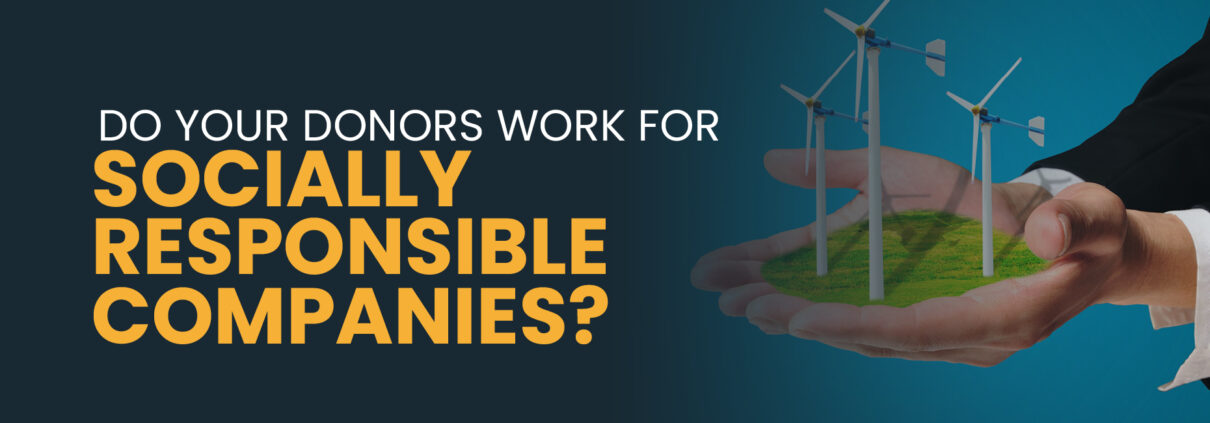

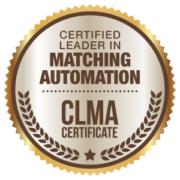 Top tip: Keep an eye out for the Certified Leaders in Matching Automation badge to quickly identify socially responsible companies with
Top tip: Keep an eye out for the Certified Leaders in Matching Automation badge to quickly identify socially responsible companies with 










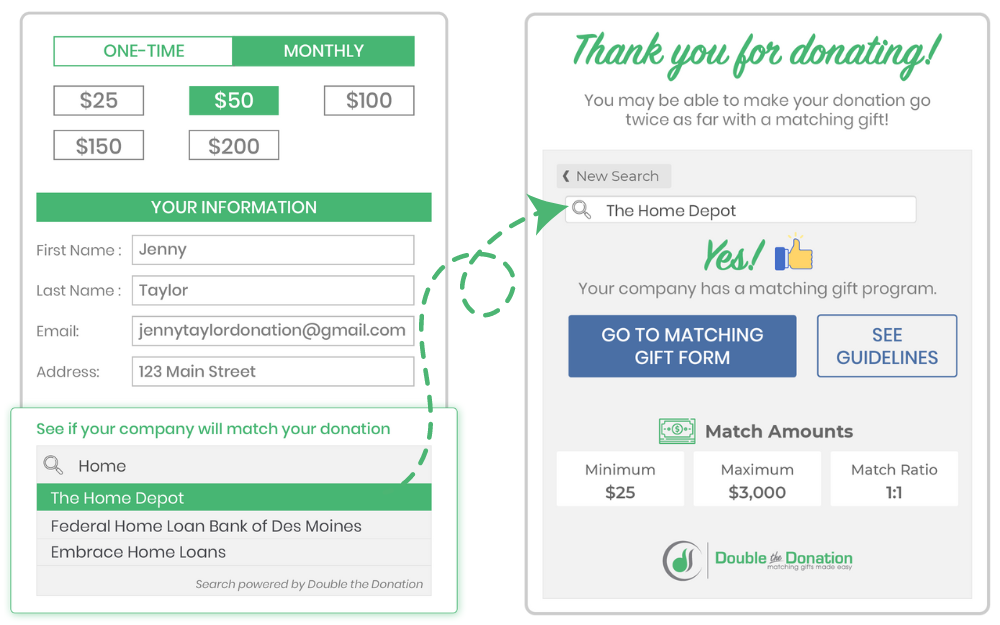
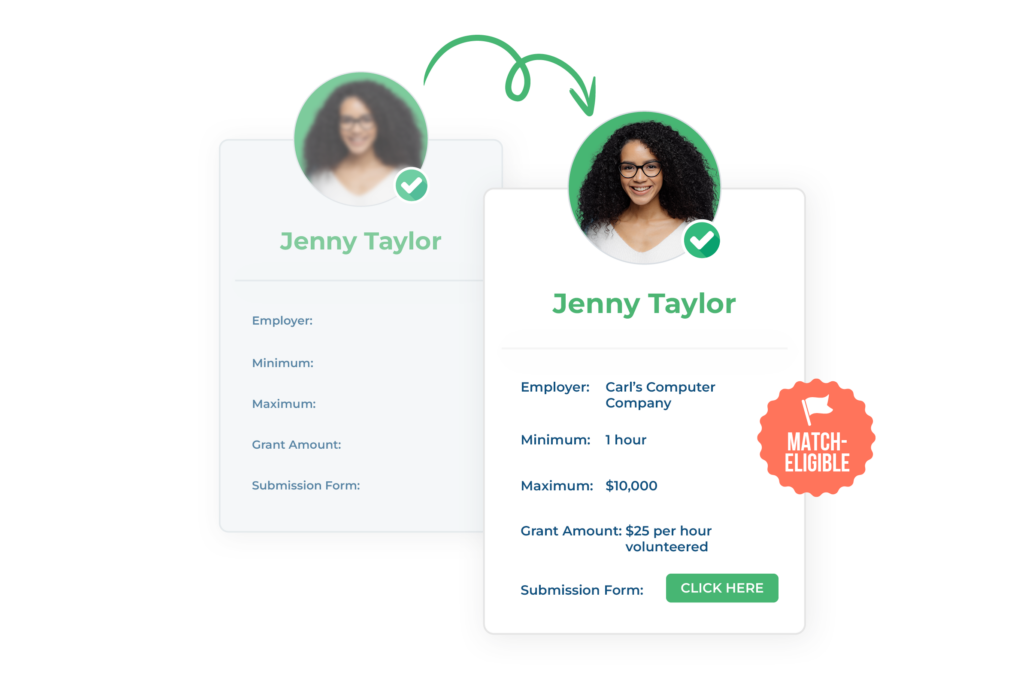


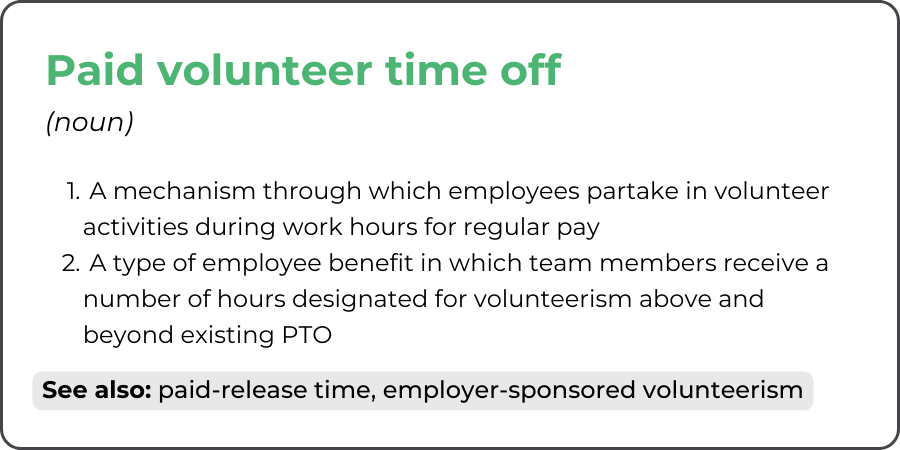

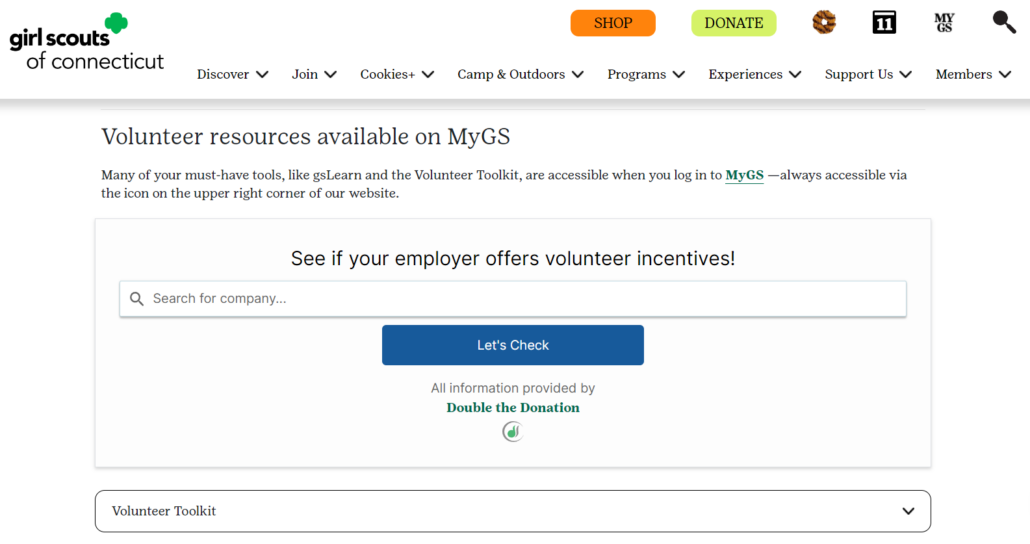
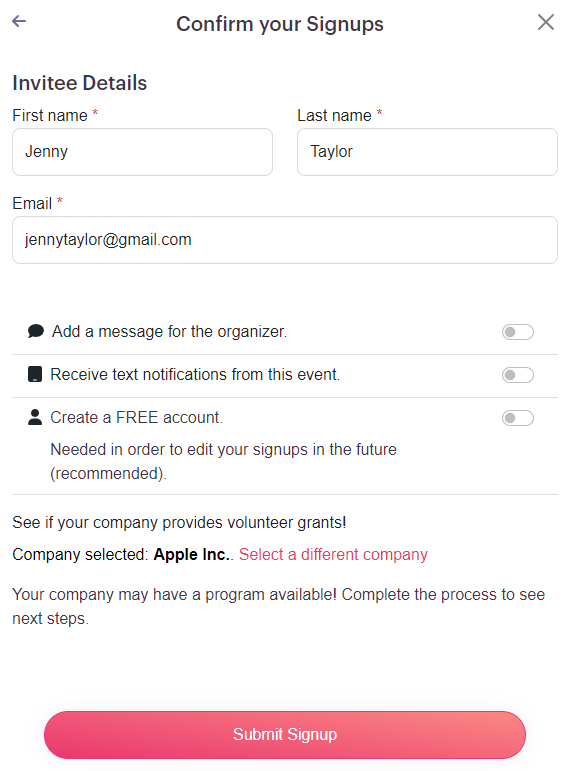
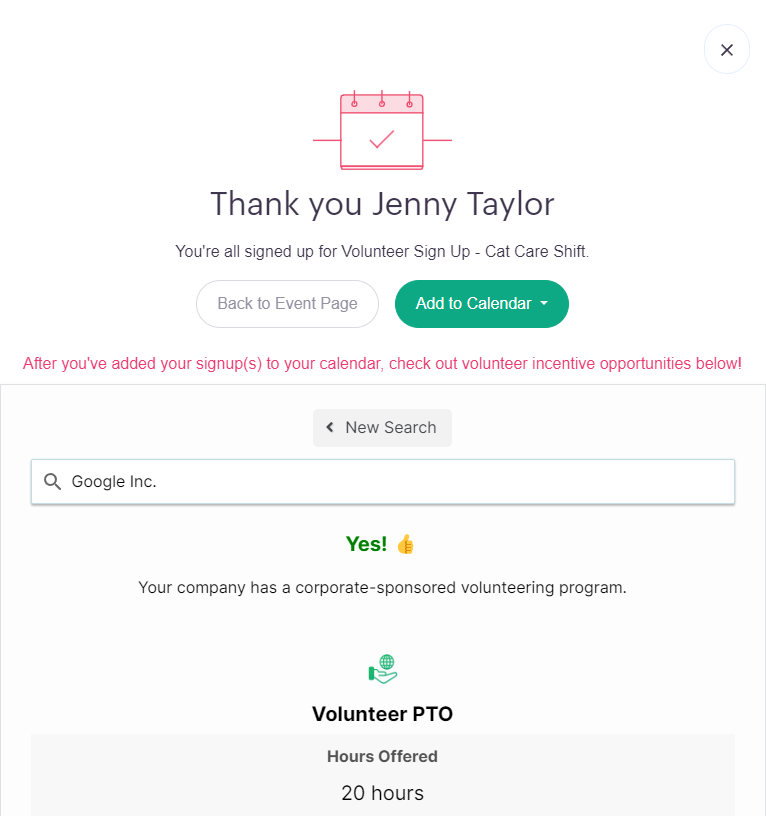
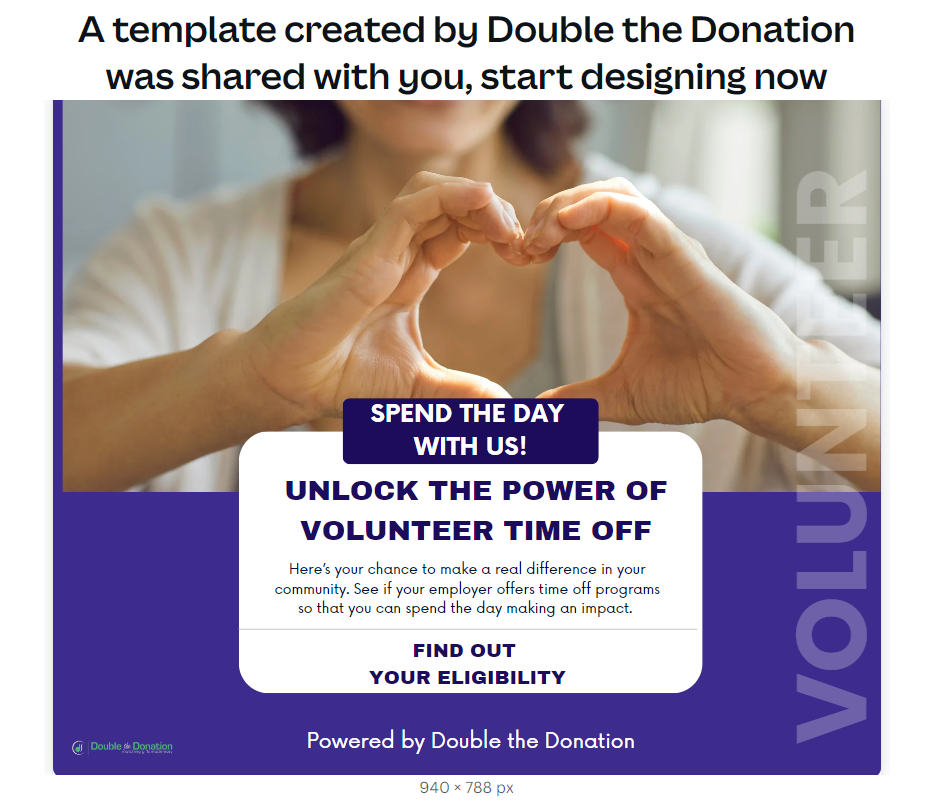

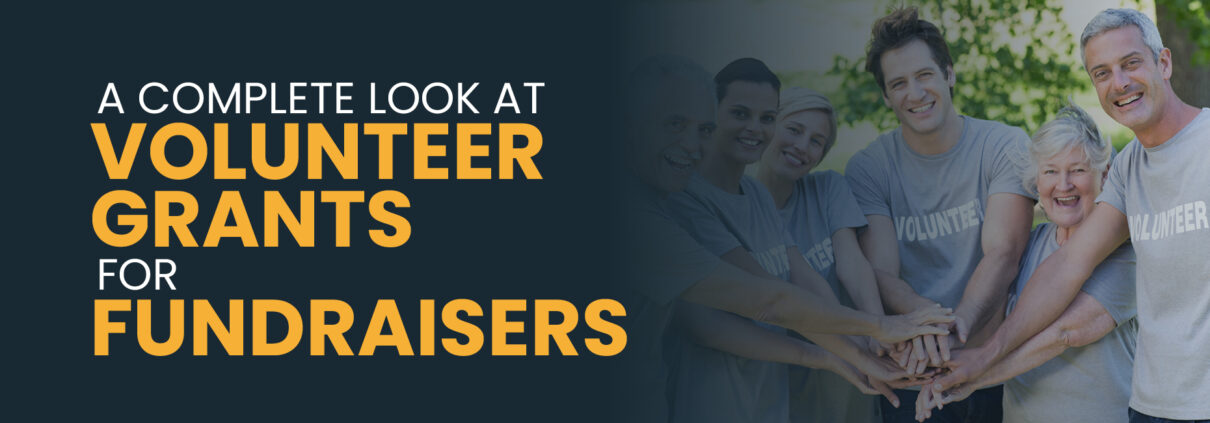


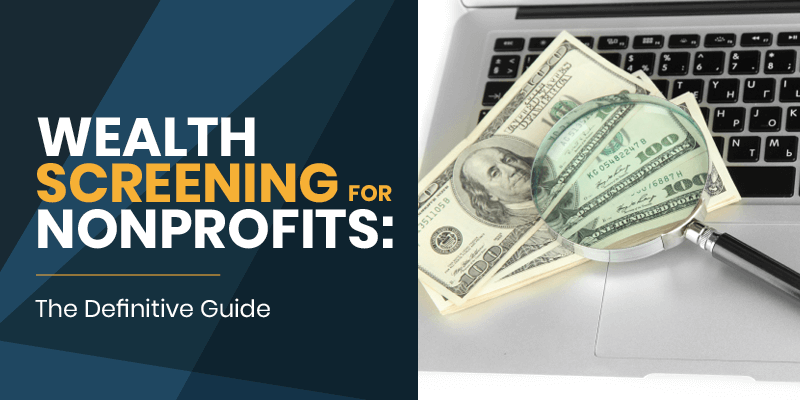


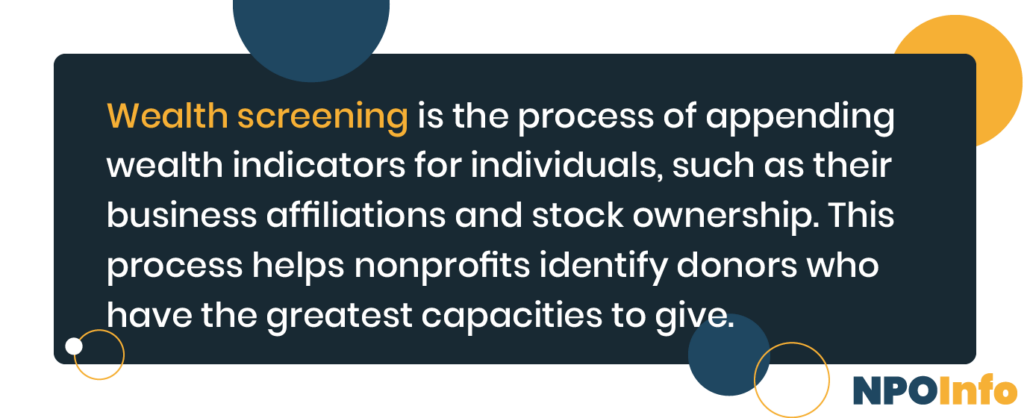

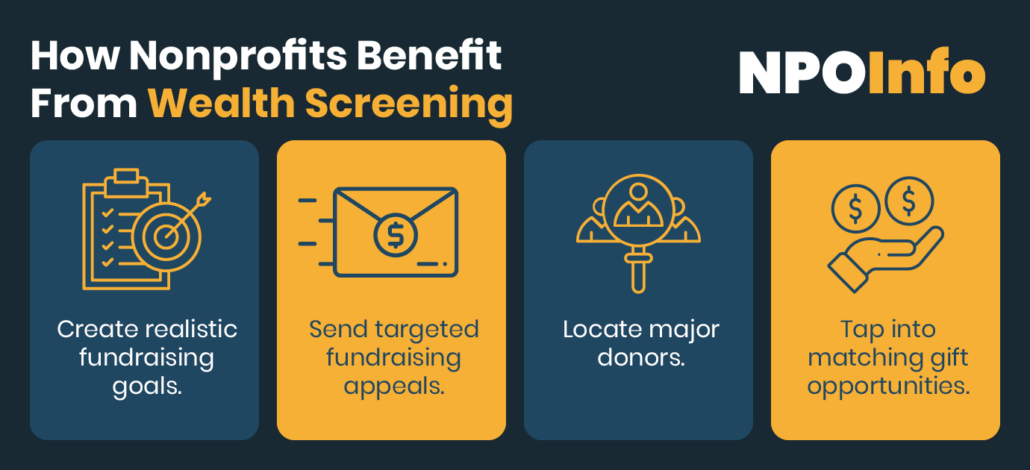

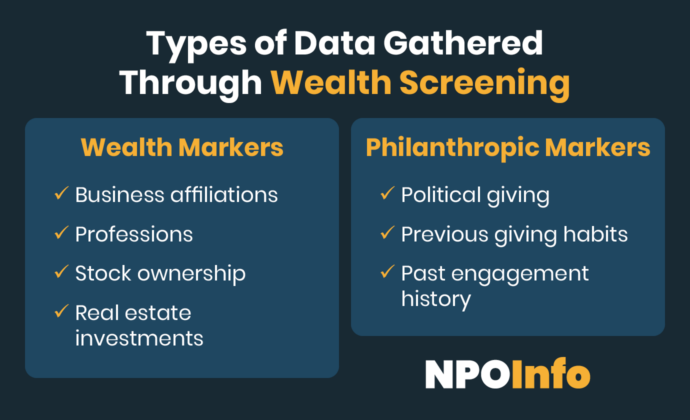
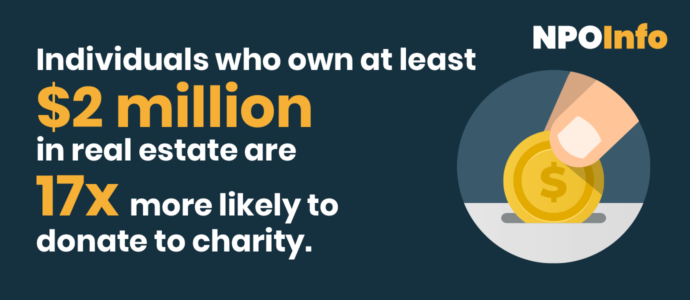


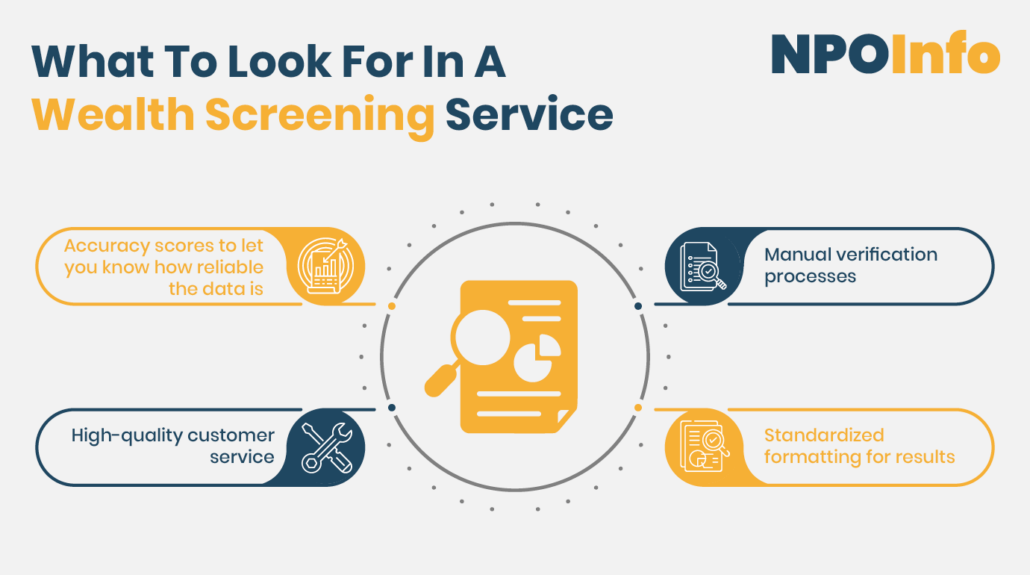

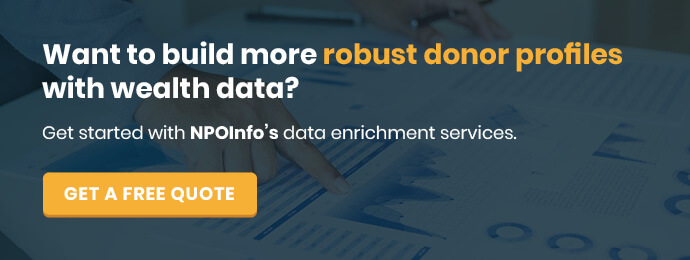
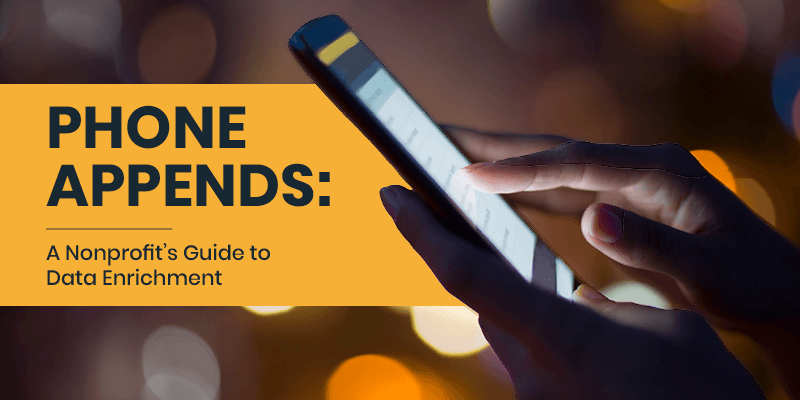

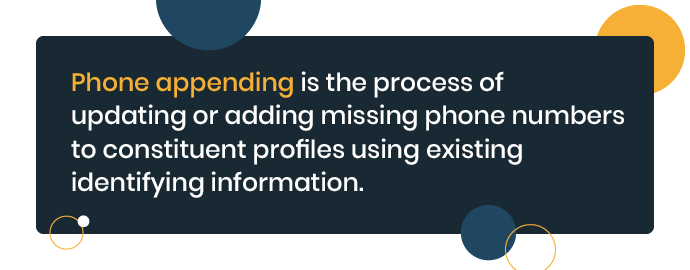


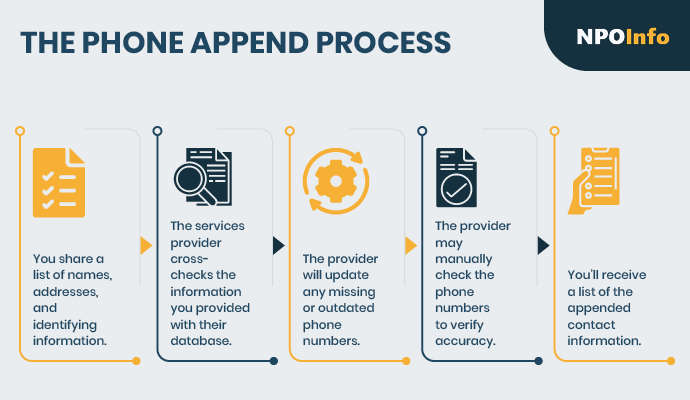







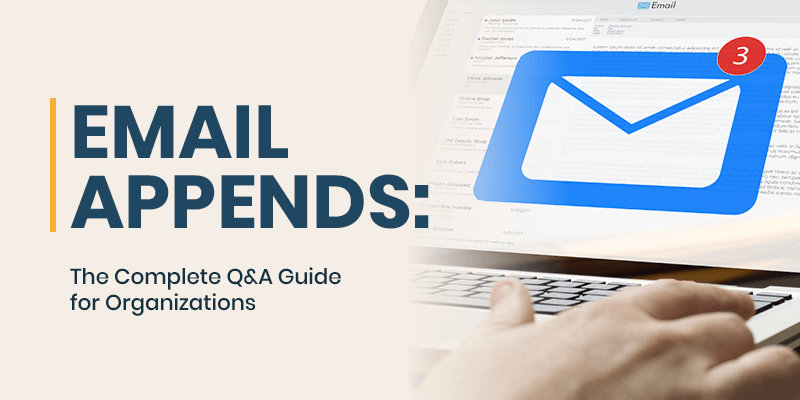


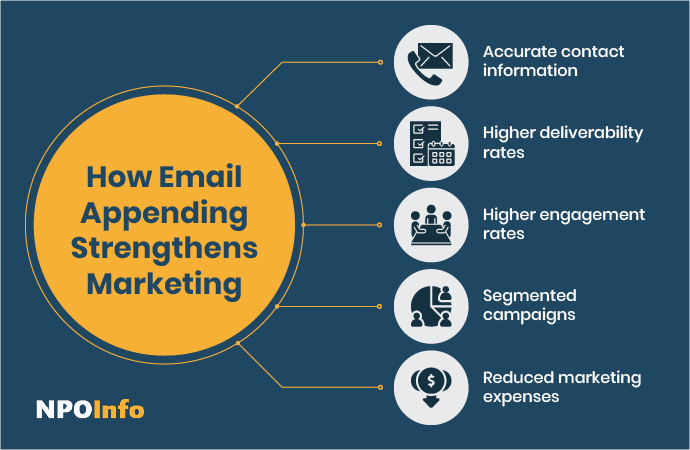

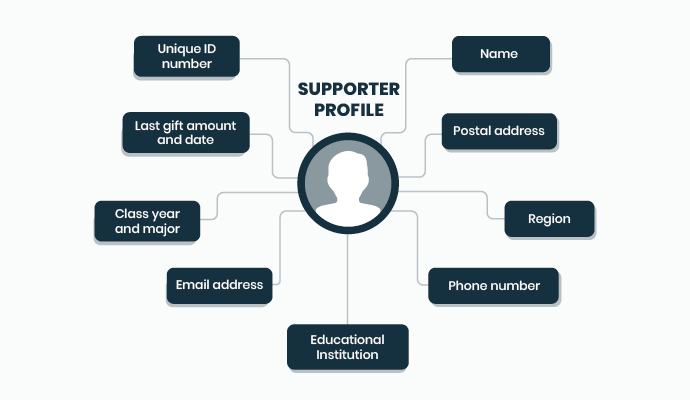






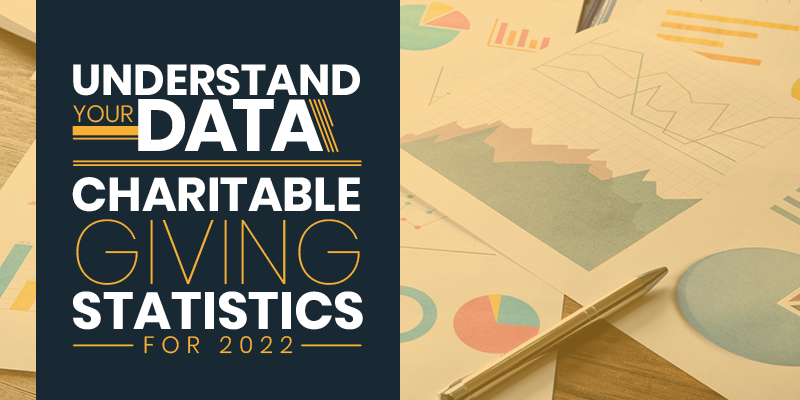


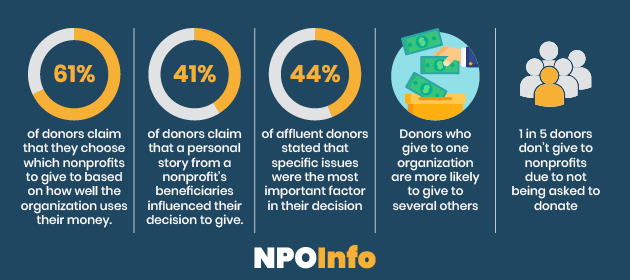

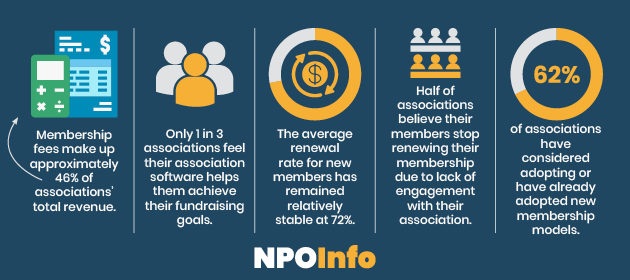

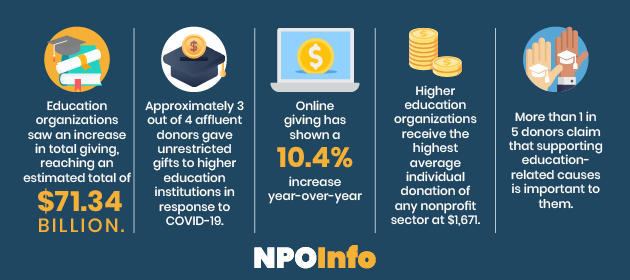

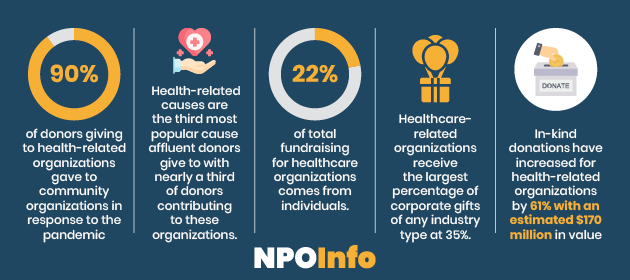
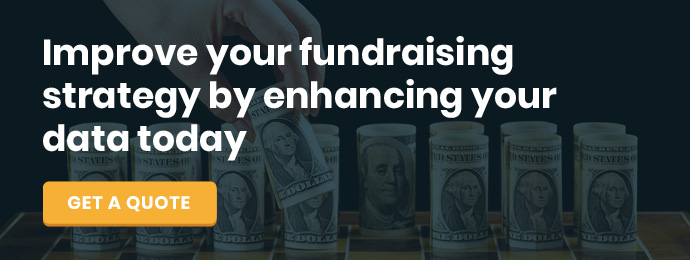
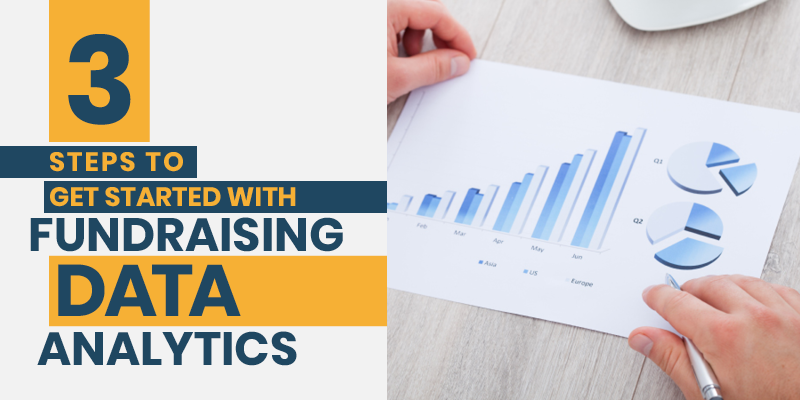





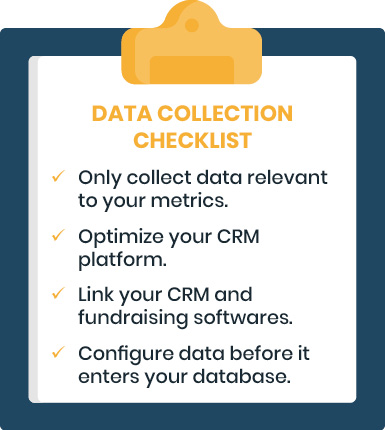

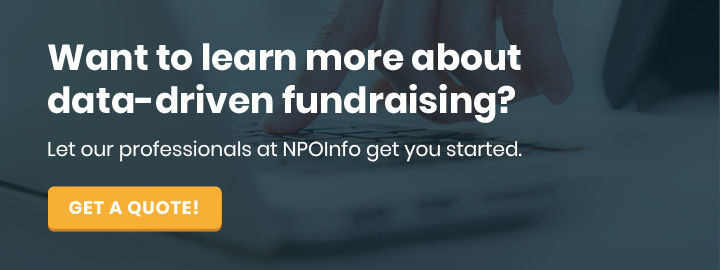



 Alumni management is the process that universities and colleges use to connect and engage with alumni. Building meaningful relationships with alumni can drive success for your higher education program. Although most alumni move away from campus to pursue careers, they’re still accessible and eager to engage with their previous educational institutions.
Alumni management is the process that universities and colleges use to connect and engage with alumni. Building meaningful relationships with alumni can drive success for your higher education program. Although most alumni move away from campus to pursue careers, they’re still accessible and eager to engage with their previous educational institutions.
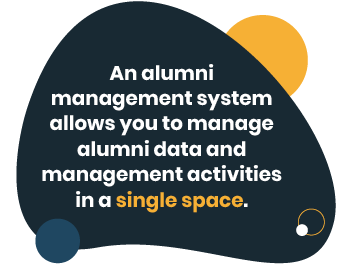 An alumni management system is a software solution that allows you to manage all alumni data and activities in a single space. Most software offer a wide range of features created specifically for schools, universities, alumni associations, and foundations.
An alumni management system is a software solution that allows you to manage all alumni data and activities in a single space. Most software offer a wide range of features created specifically for schools, universities, alumni associations, and foundations.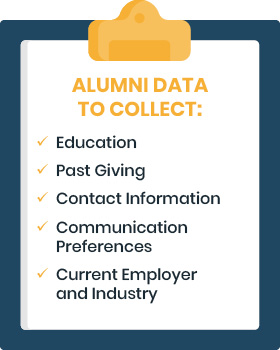

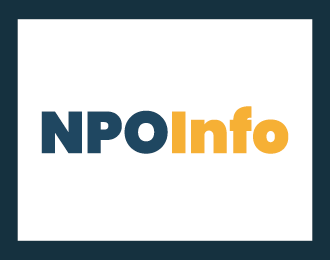
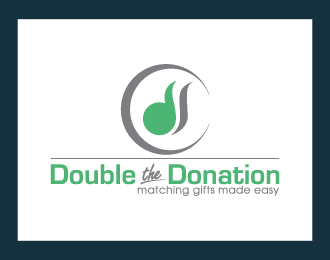
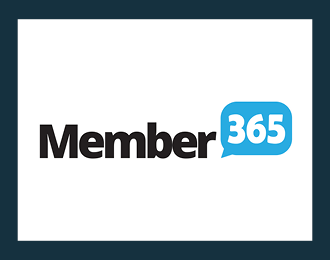
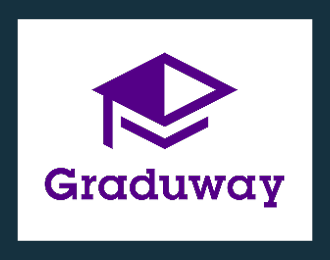
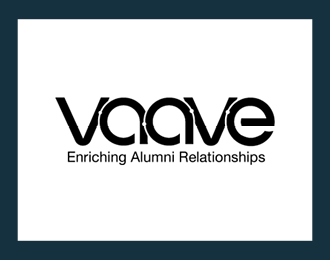

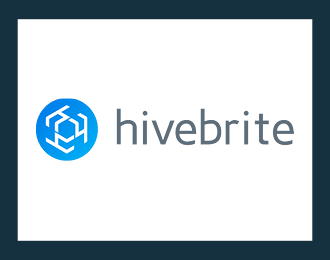
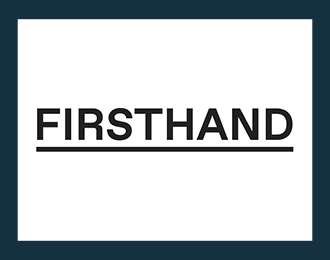 With
With 
